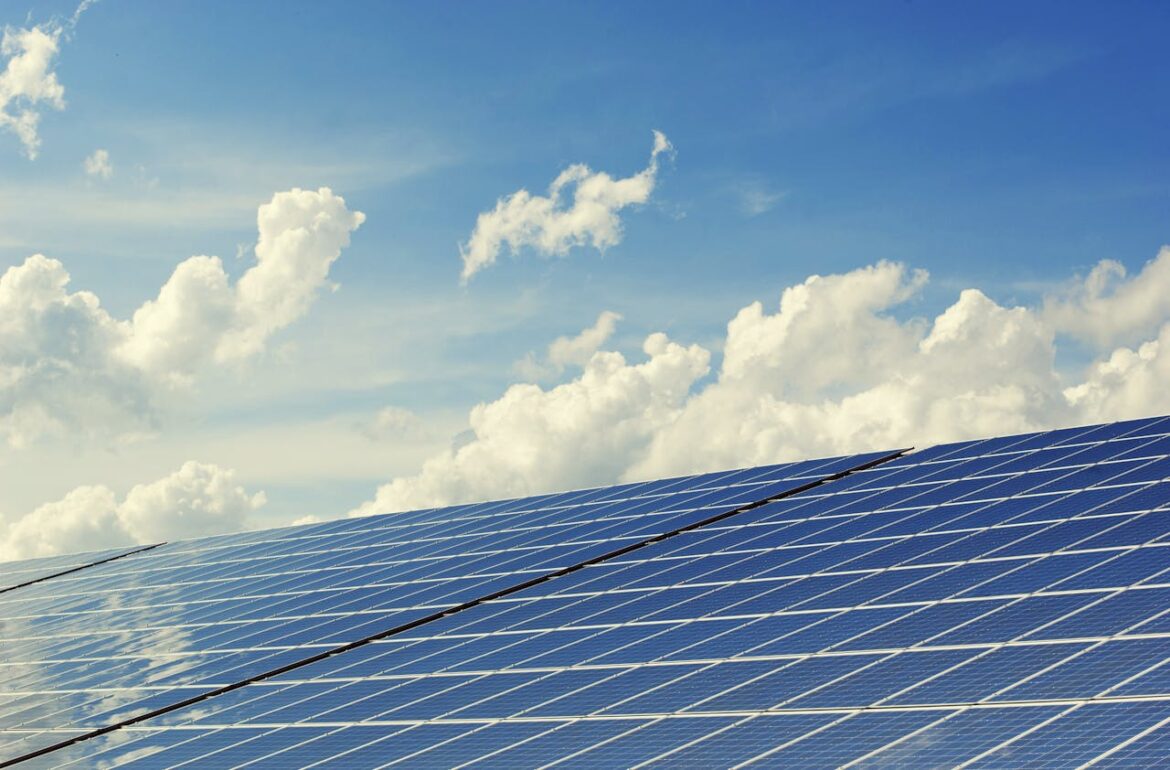In 2023, solar power generated 413 gigawatts of energy, far surpassing all previous solar production records. This figure will only increase in 2024 as this market grows to become the dominant energy infrastructure on the planet.
This is evidenced by several facts: firstly, solar and wind now produce energy at a lower cost than new coal and gas plants; secondly, G20 countries account for almost 90% of the world’s renewable energy capacity; thirdly, in 2023, solar panel prices fell by 50% compared to the previous year; and finally, fourthly, in 2023, factories produced three times as many solar panels as in 2021.
According to publicly available data – provided since 2000 – solar capacity has increased by an average of 37% per year over the last 22 years, doubling every 2.2 years. In 2023 we reached 413 gigawatts, and if this trend continues, we could reach 565 GW in 2024. At this rate of growth, we will reach the second terawatt of solar installations in the world in 2024. To put this in perspective, the first terawatt in the world was achieved in 40 years.
On the ground, this means that we can expect to see many more solar panels, both on solar farms and on new-build housing and other infrastructure. This will be most evident in China, which was responsible for 240 gigawatts last year.
US and UK elections may also affect the industry
Changes in the political situation at global and national level can have a significant impact on green policies, affecting the near and distant future of solar energy. Both the UK and the US will hold national elections in 2024, which could lead to the election of a new President and Prime Minister in both countries. In the UK, a new Labour government is likely, which could lead to a shift towards greener policies.
While the current Conservative government has set a number of ambitious targets and initiatives, such as the commitment to zero emissions by 2050, it has also postponed its policy of phasing out petrol and diesel cars by five years. A Labour government could further promote green development, including in the field of solar energy.
US President Biden will face former President Donald Trump for the White House. As President, Trump favoured economic growth and energy independence over green initiatives, often favouring fossil fuels.
In particular, in 2018, Trump introduced tariffs on imported solar panels, set at 30%. This increased the cost of solar projects in the US and hampered the growth of the solar market.
If Trump wins the 2024 elections, we could see the US abandoning solar energy and focusing more on fossil fuels. This could have a significant impact on the cost of solar installations, which could fall on current trends, but could rise under Trump.
Solar energy storage capacity will increase
One of the main limitations of solar energy is that it depends on environmental factors that make it intermittent. It is also much more difficult to store than coal, gas or oil.
To address this problem, the renewable energy industry is developing better methods for storing and releasing energy when it is produced at peak capacity. The most obvious example of this technology is lithium-ion batteries. They are widely used for their high energy density and long lifetime, but other batteries are also entering the market.
We can expect this technology to continue to develop in 2024, increasing capacity and efficiency, and continuing the downward trend in prices that we saw in 2023.
Author: Rolands Petersons, logistics expert



